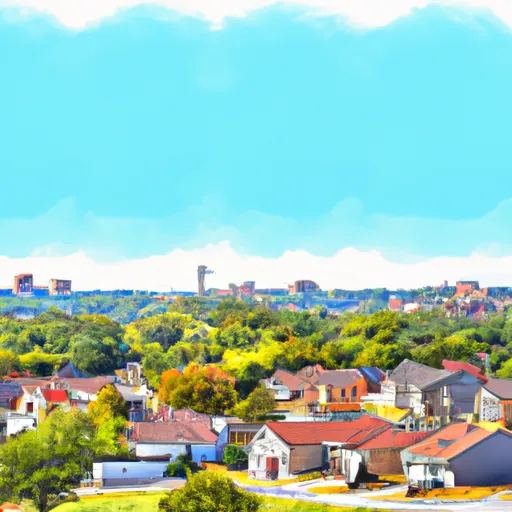°F
°F
mph
Windspeed
%
Humidity











Ravenwood, a small town located in Nodaway County, Missouri, offers a pleasant climate and diverse outdoor recreation opportunities. Known for its picturesque landscapes, Ravenwood experiences a humid continental climate characterized by four distinct seasons. Summers are warm and humid, with average temperatures ranging from the mid-80s to low 90s Fahrenheit. Winters are cold, with temperatures dipping into the 20s and occasional snowfall.
The town is surrounded by beautiful natural features, including rivers and lakes. The hydrology constituents of Ravenwood include the Nodaway River and a few smaller creeks. These water bodies provide opportunities for fishing, boating, and water sports. Anglers can expect to catch species such as catfish, bass, crappie, and sunfish.
Outdoor enthusiasts can explore the nearby parks and conservation areas, such as Mozingo Lake Recreation Park and Nodaway Valley Conservation Area. These areas offer hiking trails, camping spots, picnic areas, and wildlife observation opportunities. Ravenwood's natural surroundings also provide excellent settings for hunting, birdwatching, and photography.
With its appealing climate, diverse hydrology constituents, and abundant outdoor recreational options, Ravenwood is a charming destination for nature lovers and those seeking an escape into the great outdoors.
Weather Forecast
Ravenwood receives approximately 914mm of rain per year, with humidity levels near 84% and air temperatures averaging around 11°C. Ravenwood has a plant hardyness factor of 5, meaning plants and agriculture in this region thrive during a short period during spring and early summer. Most plants will die off during the colder winter months.
Regional Streamflow Levels
7
Cubic Feet Per Second
29,100
Cubic Feet Per Second
76
Cubic Feet Per Second
171
Cubic Feet Per Second
Nearby Camping
| Camping Area | Reservations | Toilets | Showers |
|---|---|---|---|
| Rock Creek Lake - Fort Scott | |||
| Linn County Park | |||
| Fort Scott Lake | |||
| Louisburg Middle Creek State Fishing Lake | |||
| Gunn Park | |||
| Lake Miola City Park |



